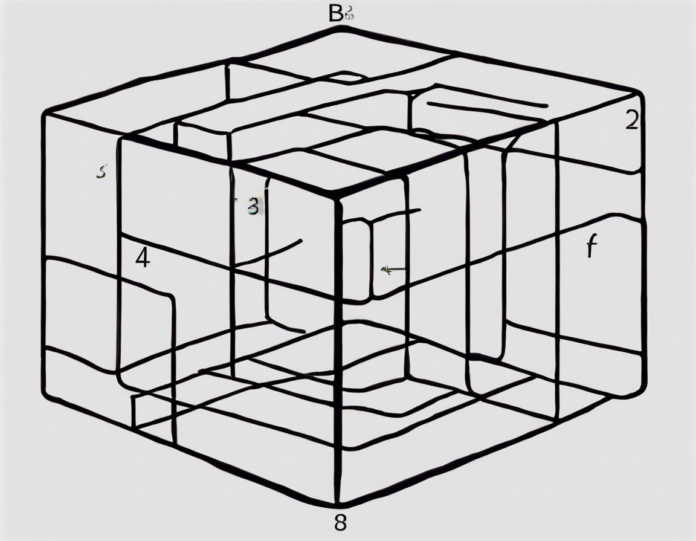When it comes to algebra, one of the most common formulas that students come across is the formula for (A^3 – B^3). This formula is a key factor in simplifying algebraic expressions and solving equations. Understanding how to apply this formula can be incredibly beneficial in various mathematical problems. In this article, we will delve into the details of the formula for (A^3 – B^3), its derivation, application, and examples.
Understanding the Formula:
The formula for (A^3 – B^3) is:
[A^3 – B^3 = (A – B)(A^2 + AB + B^2)]
Where:
– A and B are the numbers or variables for which the formula is being applied.
By using this formula, we can easily factorize the expression (A^3 – B^3). This breakdown into simpler terms allows for easier manipulation and simplification of algebraic expressions.
Derivation of the Formula:
To derive the formula for (A^3 – B^3), we start with the cubical identity:
[A^3 – B^3 = (A – B)(A^2 + AB + B^2)]
The product of (A – B) and (A^2 + AB + B^2) gives us (A^3 – B^3), which can be verified by expanding the terms using the distributive property.
Application of the Formula:
The formula for (A^3 – B^3) can be applied in various mathematical problems, including simplifying complex expressions, factoring polynomials, and solving equations. By recognizing the pattern and applying the formula, one can solve problems efficiently and accurately.
Examples:
Let’s look at a few examples to illustrate the application of the formula for (A^3 – B^3):
Example 1:
Simplify the expression: (8x^3 – 27)
(8x^3 – 27) can be written as ((2x)^3 – 3^3)
Applying the formula, we get:
((2x – 3)((2x)^2 + (2x)(3) + 3^2))
((2x – 3)(4x^2 + 6x + 9))
Example 2:
Factorize the expression: (64a^3 – 125b^3)
(64a^3 – 125b^3) can be written as ((4a)^3 – (5b)^3)
Using the formula:
((4a – 5b)((4a)^2 + (4a)(5b) + (5b)^2))
((4a – 5b)(16a^2 + 20ab + 25b^2))
Frequently Asked Questions (FAQs):
1. What is the significance of the formula for (A^3 – B^3)?
The formula for (A^3 – B^3) helps in simplifying and factorizing algebraic expressions, making calculations more manageable.
2. Can the formula be extended for higher powers like (A^4 – B^4) or (A^5 – B^5)?
Yes, similar formulas exist for higher powers such as (A^4 – B^4) and (A^5 – B^5), with corresponding factorization patterns.
3. How can the formula for (A^3 – B^3) be applied in real-life scenarios?
The formula can be used in engineering calculations, physics problems, and various other fields where algebraic manipulation is required.
4. What if (A) or (B) is a complex number?
The formula remains valid for complex numbers as well, following the same factorization pattern.
5. Is there a geometric interpretation of the formula for (A^3 – B^3)?
The formula can be related to the volumes of cubes with side lengths (A) and (B), showcasing a geometric aspect of algebraic expressions.
In conclusion, the formula for (A^3 – B^3) is a fundamental tool in algebra that offers a systematic approach to simplifying expressions and solving equations. By understanding the derivation, application, and examples of this formula, students can enhance their mathematical skills and tackle more complex problems with confidence.









